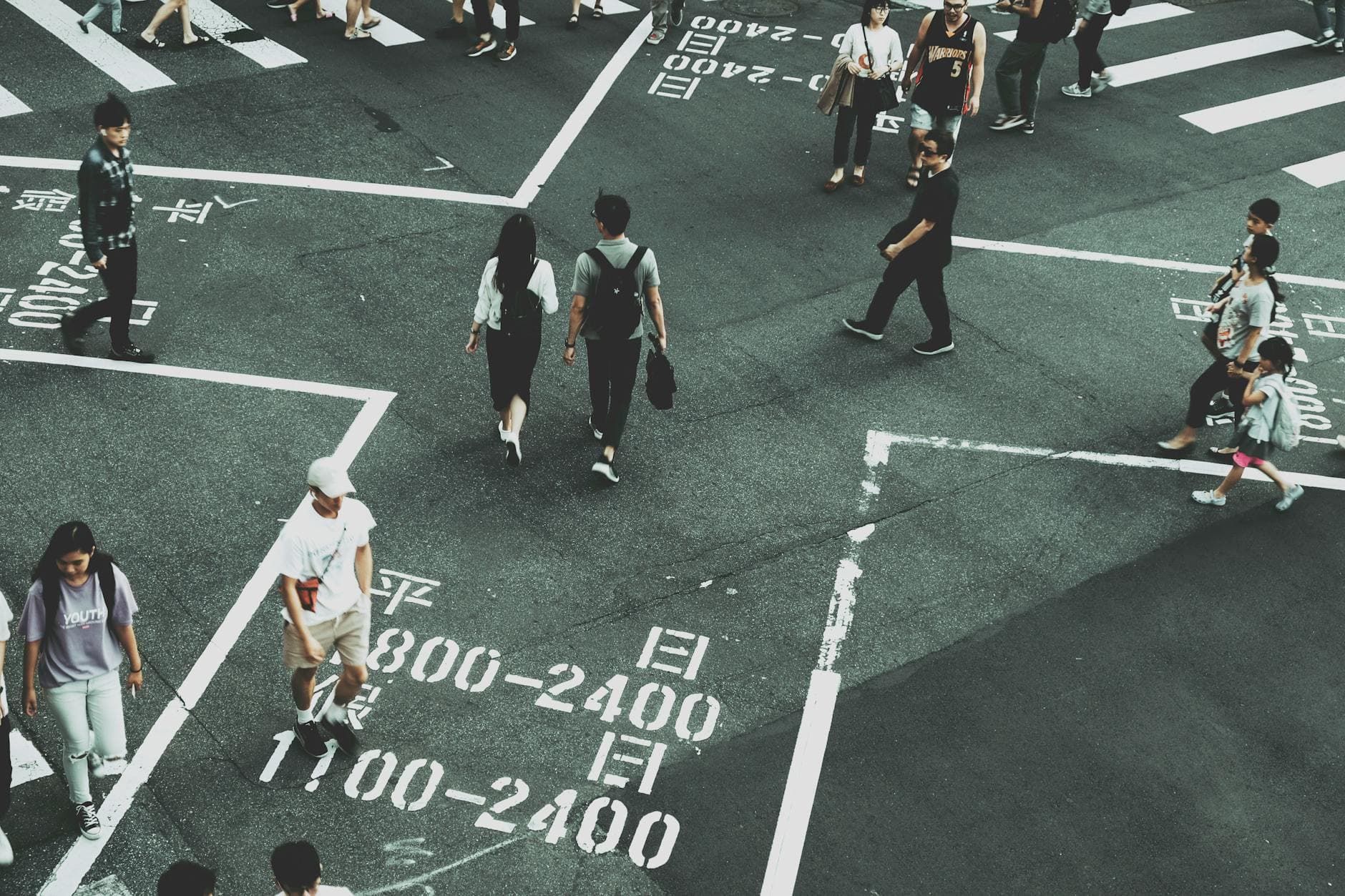
Capturing Life Unfiltered: Why Street Photography is Important
Street photography is more than just a genre of photography; it’s a form of art that captures the raw, unfiltered moments of everyday life. It’s about documenting the world around us in its most candid form, revealing the beauty and complexity of human experiences. But why is street photography important? In this comprehensive guide, we’ll explore the significance of street photography, its impact on society, and how it serves as a historical record, a tool for social commentary, and a medium for artistic expression.
Introduction to Street Photography
Street photography is the practice of capturing candid moments in public places. It’s an unplanned, spontaneous form of photography that focuses on everyday life and human interactions. The essence of street photography lies in its ability to tell stories through the lens, offering a glimpse into the lives of people and the environment around them.
The Historical Significance of Street Photography
Street photography has a rich history, with roots tracing back to the early days of photography. Pioneers like Eugène Atget, Henri Cartier-Bresson, and Vivian Maier have left an indelible mark on the genre, capturing timeless images that continue to inspire photographers today.
Key Points:
- Early Documentation: Street photography has served as a means to document urban life, architecture, and societal changes over the years.
- Iconic Moments: Photographs like Robert Frank’s “The Americans” have captured pivotal moments in history, offering insights into cultural and social dynamics.
Street Photography as Social Commentary
Street photography often goes beyond mere documentation; it serves as a powerful tool for social commentary. By capturing real-life scenarios and unposed subjects, street photographers can highlight societal issues, cultural trends, and human behaviors.
Key Points:
- Reflection of Society: Street photography can reflect societal norms, values, and issues, prompting viewers to think critically about the world around them.
- Raising Awareness: Through compelling imagery, photographers can raise awareness about social injustices, inequality, and human rights issues.
- Empathy and Understanding: By presenting diverse perspectives, street photography fosters empathy and understanding among viewers.
The Artistic Value of Street Photography
Street photography is not just about snapping pictures; it’s about creating art. The genre is celebrated for its aesthetic qualities, including composition, light, and timing.
Key Points:
- Composition and Form: Street photographers use techniques like the rule of thirds, leading lines, and framing to create visually striking images.
- Light and Shadow: Mastery of natural light and shadow plays a crucial role in creating mood and atmosphere in street photography.
- Storytelling: Every photograph tells a story, capturing a moment in time that evokes emotions and engages viewers.
Street Photography and Human Connection
One of the most compelling aspects of street photography is its ability to capture human connections and emotions. These images often reveal the intimate and universal aspects of human life.
Key Points:
- Candid Moments: Unposed, spontaneous shots capture genuine emotions and interactions, offering a truthful portrayal of human experiences.
- Cultural Diversity: Street photography showcases the diversity of cultures, lifestyles, and traditions, celebrating the richness of human life.
- Shared Humanity: By highlighting common experiences, street photography bridges cultural and geographical divides, emphasizing our shared humanity.
Street Photography as a Historical Record
Street photography serves as a valuable historical record, preserving moments in time that might otherwise be forgotten. These images offer insights into past lifestyles, fashions, and urban landscapes.
Key Points:
- Urban Evolution: Photographs document the evolution of cities, capturing changes in architecture, infrastructure, and public spaces.
- Cultural Shifts: Street photography provides a visual record of cultural shifts, from fashion trends to social movements.
- Everyday Life: By focusing on ordinary moments, street photography offers a unique perspective on historical events and everyday life.
The Role of Street Photography in Modern Society
In today’s digital age, street photography continues to play a significant role. With the advent of social media and mobile photography, the genre has become more accessible and widespread.
Key Points:
- Democratization of Photography: The proliferation of smartphones and social media platforms has democratized street photography, allowing more people to participate and share their work.
- Real-Time Documentation: Street photographers can capture and share events in real-time, providing immediate, on-the-ground perspectives of current events.
- Artistic Innovation: Modern street photographers continue to push the boundaries of the genre, experimenting with new techniques and perspectives.
To End Things
Street photography is a vital and dynamic genre that captures the essence of human life in its most candid form. It serves as a historical record, a tool for social commentary, and a medium for artistic expression. By documenting the world around us, street photographers offer insights into the complexities of human experiences, fostering empathy, understanding, and appreciation for the diversity of life. Whether you’re a photographer or an admirer of the art form, street photography invites you to see the world through a different lens and appreciate the beauty in the everyday moments that make up our lives.
